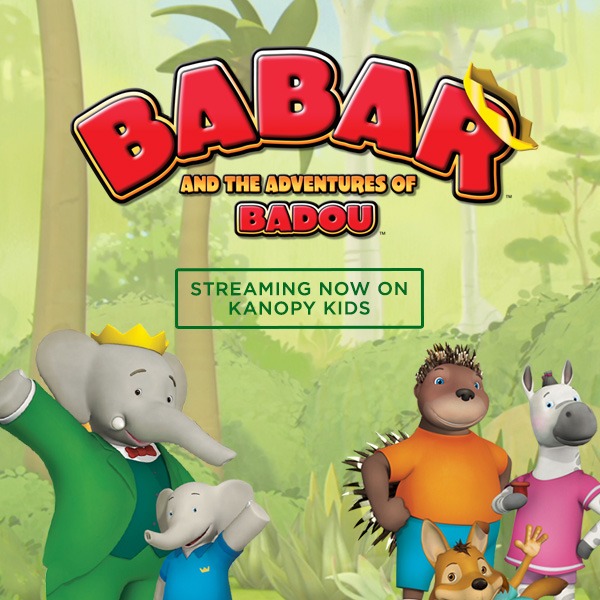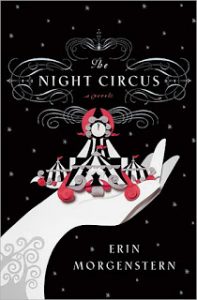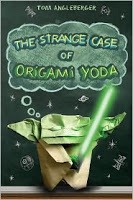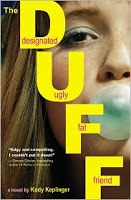Rating: 4/5 Stars
Audience: Young Adult/Teen
Genre: Paranormal Horror
Summary: Theseus Cassio Lowood kills ghosts. Well, the bad ones anyway. You know those urban legends and ghost stories about vengeful spirits taking their anger and disappointment out on the living? Some of them are true, and it is Cas’s job to stop them once and for all. He travels from town to town with his witch mother and their cat Tybalt, killing murderous ghosts and secretly preparing himself for the day that he will confront the ghost that killed his father. Now he has a new ghost in his sights: Anna Dressed in Blood. But something about her is different than the other ghosts Cas has faced. She’s incredibly strong. And she knows she’s dead. For over fifty years, Anna has killed everyone who has dared step foot inside her family home. But for some reason, when Cas invades her territory, she lets him live.
Tracy’s Thoughts:
“Spellbinding and romantic,” declares Cassandra Clare on the book’s cover blurb. Spellbinding, yes. But romantic? Um, no… Not so much. Anna Dressed in Blood is more Supernatural than Twilight (or whatever paranormal romance is your current favorite). Yes, there is a late-emerging romantic subplot here, but it is not the heart of the story.
As a horror story, I didn’t really find it all that scary, either. At least, not leave-the-light-on and jump-at-small-noises scary. But. Kendare Blake’s writing is absolutely gripping. Vividly cinematic (unlike one zombie book I could name) and satisfactorily gruesome, Anna Dressed in Blood is definitely creepy and disturbing. I was enthralled by the atmospheric description and the compelling, first person narration:
The stagnant clouds make me motion-sick for some reason, so I go back to looking at the forest, a blanket of pines in colors of green, brown, and rust, struck through with birch trunks sticking up like bones. I’m usually in a better mood on these trips. The excitement of somewhere new, a new ghost to hunt, new things to see…the prospects usually keep my brain sunny for at least the duration of the drive. Maybe it’s just that I’m tired. I don’t sleep much, and when I do, there’s usually some kind of nightmare involved. But I’m not complaining. I’ve had them off and on since I started using the athame. Occupational hazard, I guess, my subconscious letting out all the fear I should be feeling when I walk into places where there are murderous ghosts. Still, I should try to get some rest. The dreams are particularly bad the night after a successful hunt, and they haven’t really calmed down since I took out he hitchhiker.
An hour of so later, after many attempts at sleep, Thunder Bay comes up in our windshield, a sprawling, urbanesque city of over a hundred thousand living. . . . It’s only as we get into the heart of the city—the older part of the city that rests above the harbor—that I see what I’m looking for. . . .
Over the course of my life I’ve been to lots of places. Shadowed places where things have gone wrong. Sinister places where things still are. I always hate the sunlit towns, full of newly built developments with double-car garages in shades of pale eggshell, surrounded by green lawns and dotted with laughing children. Those towns aren’t any less haunted than the others. They’re just better liars. I like it more to come to a place like this, where the scent of death is carried to you on every seventh breath.
Cas is a dynamic character: bold, snarky and wonderfully quick-witted. But he’s also fallible. Every now and then, he fumbles on a job or is caught off guard, with no idea how to respond. He doesn’t always know the answers—especially once he is faced with a ghost like Anna—and admits to manipulating people to achieve his goals. I didn’t always like him, but I understood him and was invested in his story. Plus, his wry humor adds a wonderful dimension to the story, as do the secondary characters. Cas reluctantly makes friends with a geeky psychic and the school’s queen bee, who for once does not fall into the popular girl=mean girl stereotype. And of course, there’s Anna. You wouldn’t expect to find a homicidal ghost known to rip people in half a sympathetic character, but Blake has managed to imbue Anna with a vulnerability that doesn’t make her murderous history any less disturbing. Perhaps more so, if anything.
Anna Dressed in Blood also does an excellent job of setting itself up for further books in the series without sacrificing the story at hand. It stands on its own, but also leaves you wanting more. Personally, I’m hooked and looking forward to the sequel, Girl of Nightmares, due for release in August 2012.
















